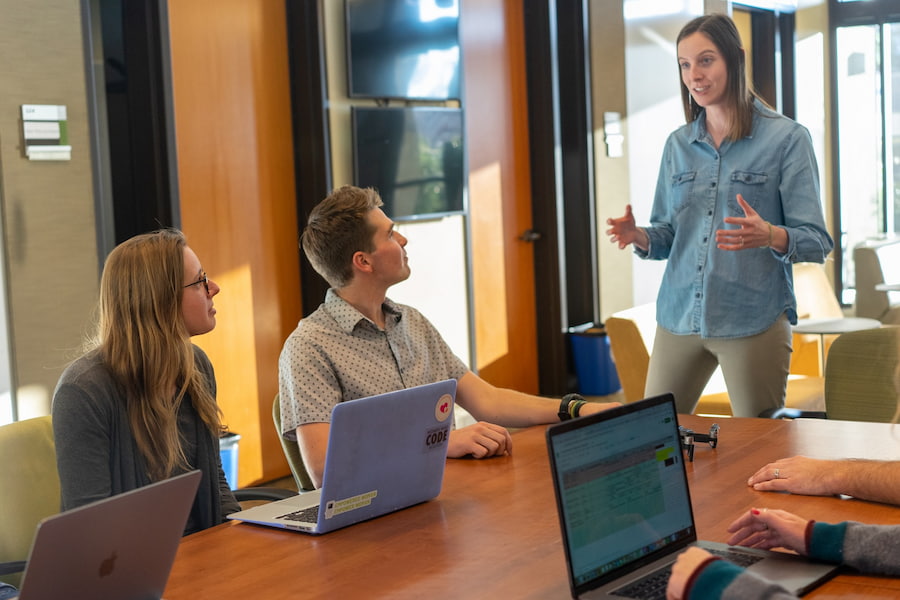If you’re reading this, you’re not here for vague ideas — you’re here for proven, practical strategies to boost employee engagement. Because in 2025, the cost of disengagement is too high to ignore. From burnout and turnover to lack of innovation and missed goals, poor engagement drains energy and resources.
This guide breaks down the most effective employee engagement strategies of 2025, tailored for remote, hybrid, and in-office teams. Use them alongside a smart, free employee scheduling app to build transparency, increase productivity, and boost morale across every level of your organization.
🧠 1. Give Employees Visibility Into Their Workload and Impact
🥇 Why it works: Employees lose motivation when they feel like cogs in a machine. But when they can clearly track their workload, understand where their time goes, and connect their output to real business results, they’re more likely to feel empowered and engaged.
💡 How to do it:
- Use Everhour’s time tracker to log tasks, project hours, and work categories
- Build visual dashboards to show individual and team contributions
- Review performance and project velocity trends each sprint
- Identify patterns of burnout, overload, or disengagement through time reports
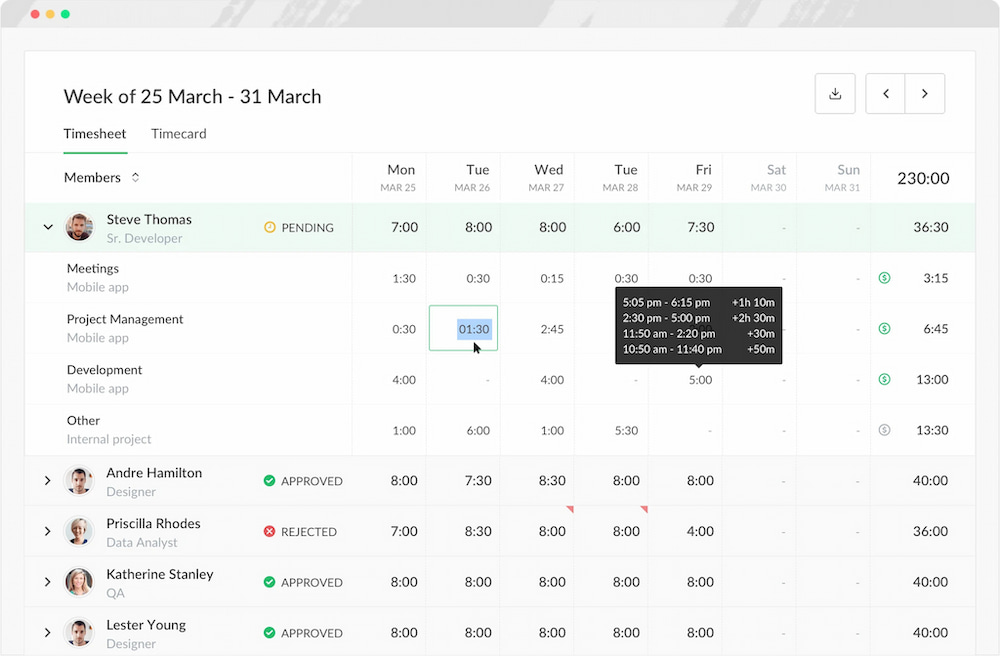
🚀 When employees have visibility into their own data, they can self-correct and self-motivate, with no need for micromanagement.
🗣️ 2. Give Feedback That’s Timely, Not Annual
🥇 Why it works: The annual review is obsolete. Feedback that’s timely, specific, and continuous is what drives real-time course correction and growth.
💡 How to do it:
- Set up biweekly 1:1s and monthly growth conversations
- Use feedback apps like Officevibe, 15Five, or Lattice for regular check-ins
- Train managers to give short, actionable, and two-way feedback
- Celebrate micro-wins in Slack or Notion to normalize a feedback culture
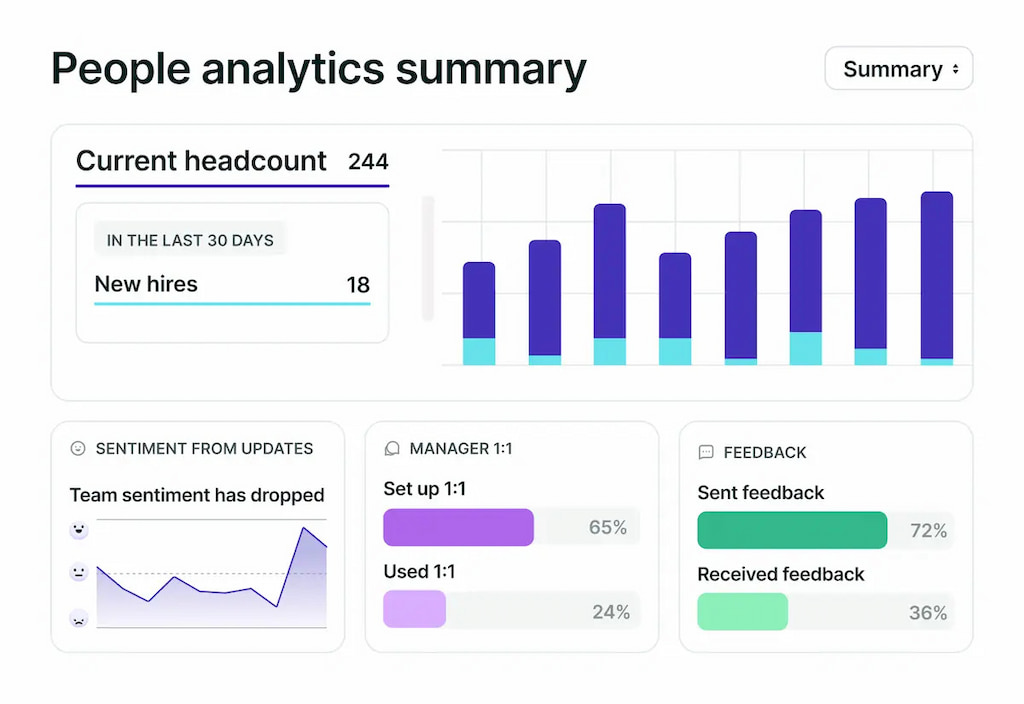
🚀 When employees know where they stand, they perform better, and they stay longer.
🧩 3. Involve Employees in Decision-Making
🥇 Why it works: Engagement is highest when employees feel ownership. Letting them contribute to decisions fosters commitment, accountability, and innovation.
💡 How to do it:
- Host monthly town halls or anonymous AMAs
- Invite input before major tool or process changes
- Create task forces or working groups to solve ongoing challenges
- Rotate team members into strategy sessions
🚀 Involvement doesn’t mean consensus — it means contribution. It builds a culture of inclusion, not compliance.
📈 4. Align Work With Strengths and Career Goals
🥇 Why it works: People are most productive when they do work that matches their talents and career goals. Engagement flourishes when jobs evolve with people, not just the org chart.
💡 How to do it:
- Conduct quarterly career mapping sessions
- Use CliftonStrengths, Sparketype, or Enneagram assessments
- Allocate 10% of time to growth projects or side initiatives
- Fund courses, conferences, or coaching that support personal growth
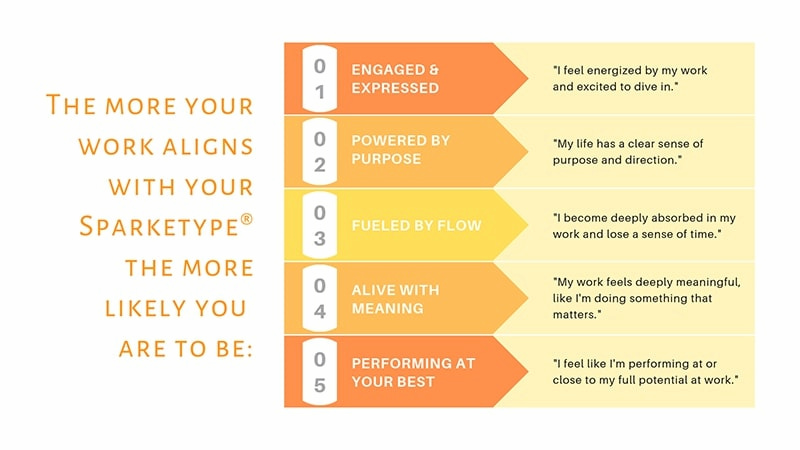
🚀 When you connect daily tasks with long-term ambitions, you give people a reason to stay and a roadmap for growth.
💬 5. Overcommunicate Context
🥇 Why it works: When employees don’t understand the “why,” they underperform — not out of apathy, but out of misalignment. Context gives meaning to work.
💡 How to do it:
- Create Notion wikis explaining company strategy, OKRs, and decisions
- Record Loom updates from leadership breaking down new directions
- Add context briefs to new projects in ClickUp or Asana
- Connect weekly tasks to quarterly goals or outcomes
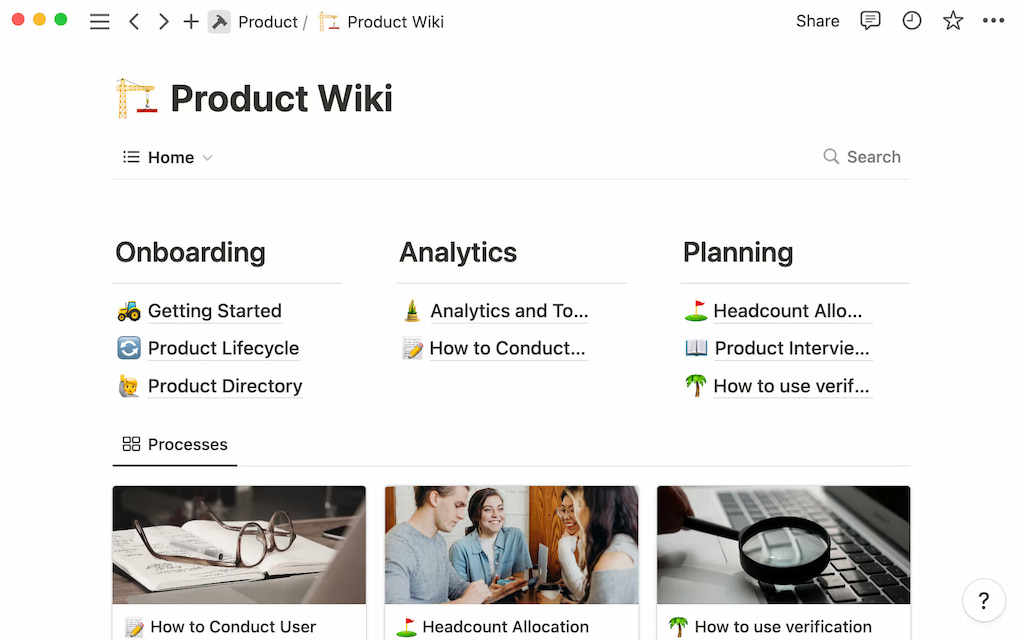
🚀 Clarity drives confidence, and confidence fuels results. Don’t assume — overcommunicate.
🤝 6. Recognize Real Contributions Publicly
🥇 Why it works: Recognition is more than morale — it’s modeling. When employees see peers getting acknowledged, it reinforces what good looks like.
💡 How to do it:
- Set up a dedicated #wins or #gratitude Slack channel
- Shout out behaviors, not just metrics — creativity, helpfulness, resilience
- Highlight achievements in all-hands meetings and newsletters
- Build recognition into 1:1s and performance reviews
🚀 A culture of recognition doesn’t require bonuses — it just requires visibility and sincerity.
🥇 Why it works: You can’t fix what you don’t measure. Sharing engagement insights shows that leadership listens and cares — and prompts teams to help shape the path forward.
💡 How to do it:
- Launch anonymous quarterly surveys with 8–10 questions
- Share summaries and trends with the team, along with action items
- Create accountability through follow-up check-ins and team feedback loops
- Track changes over time and tie improvements to strategy
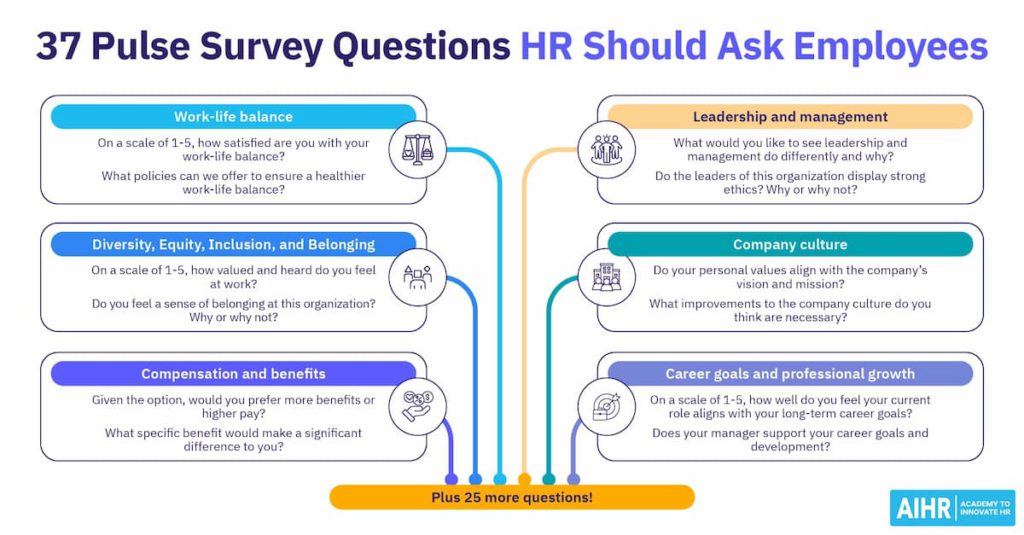
🚀 Even when engagement is low, transparency builds trust. Openness shows you’re serious.
🏗️ 8. Build Flexible Structures, Not Just Perks
🥇 Why it works: Perks are surface-level. People stay when they’re trusted with flexibility and supported with clear systems.
💡 How to do it:
- Default to async-first communication
- Let teams test 4-day workweeks, flexible hours, or timeboxing
- Review and sunset meetings regularly
- Create “core hours” for overlap, not full-day availability
🚀 The best workplaces in 2025 are structured for autonomy, not surveillance. Freedom = engagement.
🔄 9. Create Engagement Rituals
🥇 Why it works: Engagement sticks when it’s habitual. Rituals build shared identity, rhythm, and community.
💡 How to do it:
- Do “Friday wins” to end the week with momentum
- Rotate facilitators for retros or standups
- Start Mondays with mood check-ins or energy ratings
- Celebrate birthdays, milestones, or anniversaries as micro-events
🚀 Rituals should be simple, inclusive, and optional — not forced fun. When people opt in, they bond.
🌍 10. Use Technology to Reinforce Engagement
🥇 Why it works: Tech should amplify human values, not automate them away. Smart tools reduce admin, increase visibility, and make feedback fluid.
💡 How to do it:
- Track time and effort with Everhour and map it to outcomes
- Measure mood and feedback with tools like 15Five, Lattice, or Officevibe
- Align individual goals with OKRs in platforms like Ally or Koan
- Use analytics to spot burnout or recognition gaps
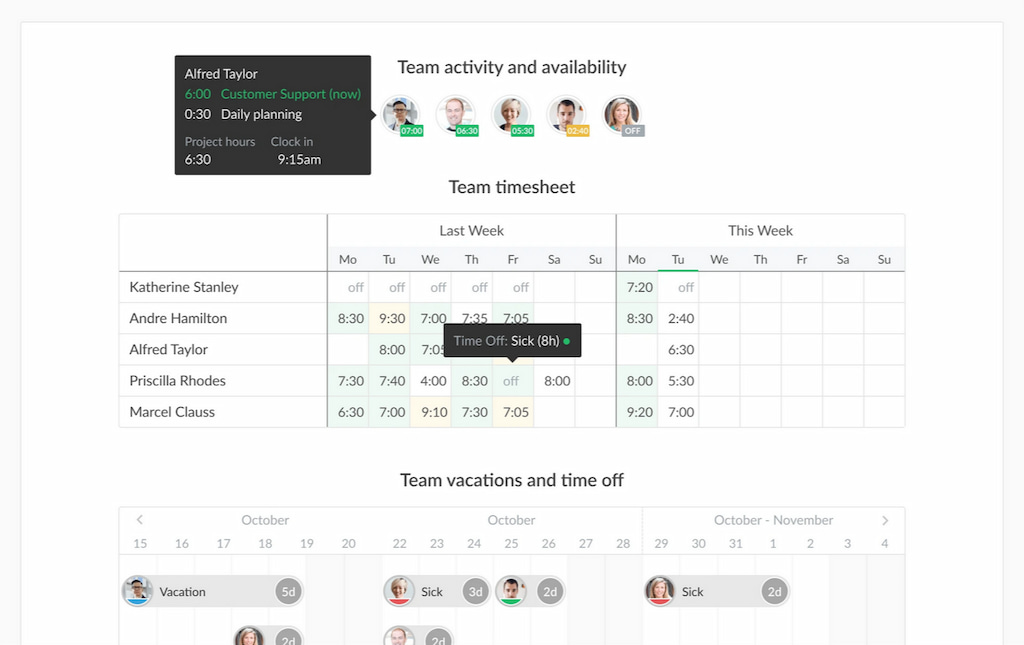
🚀 The tech you choose sends a signal. Use tools that mirror your culture and streamline the habits that keep engagement and employee retention strong.
❓ FAQs
1. What are employee engagement strategies?
Repeatable, intentional actions that help employees feel motivated, valued, and invested in their work and team.
2. What are the most effective strategies in 2025?
Timely feedback, clear visibility, growth alignment, decision participation, and cultural rituals.
3. How can HR improve employee engagement?
Enable feedback loops, build flexible structures, make career development tangible, and measure regularly.
4. What helps with employee retention?
Strengths-based roles, recognition, continuous growth, transparent leadership, and connection to purpose.
5. What are simple tactics that work?
Weekly shoutouts, no-agenda 1:1s, monthly mood checks, async status updates, and visible goal tracking.
6. How should we communicate?
Early, often, async, and with purpose. Pair clarity with a compelling “why.”
7. What drives employee satisfaction?
Feeling heard, trusted, empowered, and seeing results from their efforts.
8. What do we use at Everhour?
We combine time tracking, async tools, public recognition, engagement surveys, and flexible work models to build high-trust teams.
🔎 Final Word
Employee engagement isn’t fixed with bonuses or inspirational posters. It’s built through intentional systems, open communication, and everyday behaviors that make people feel trusted, seen, and part of something.
Want to start simple? Give your team visibility. Everhour lets you track what work really takes, map effort to outcome, and empower people to own their time — without spreadsheets or micromanagement. Engagement is built, not bought.
